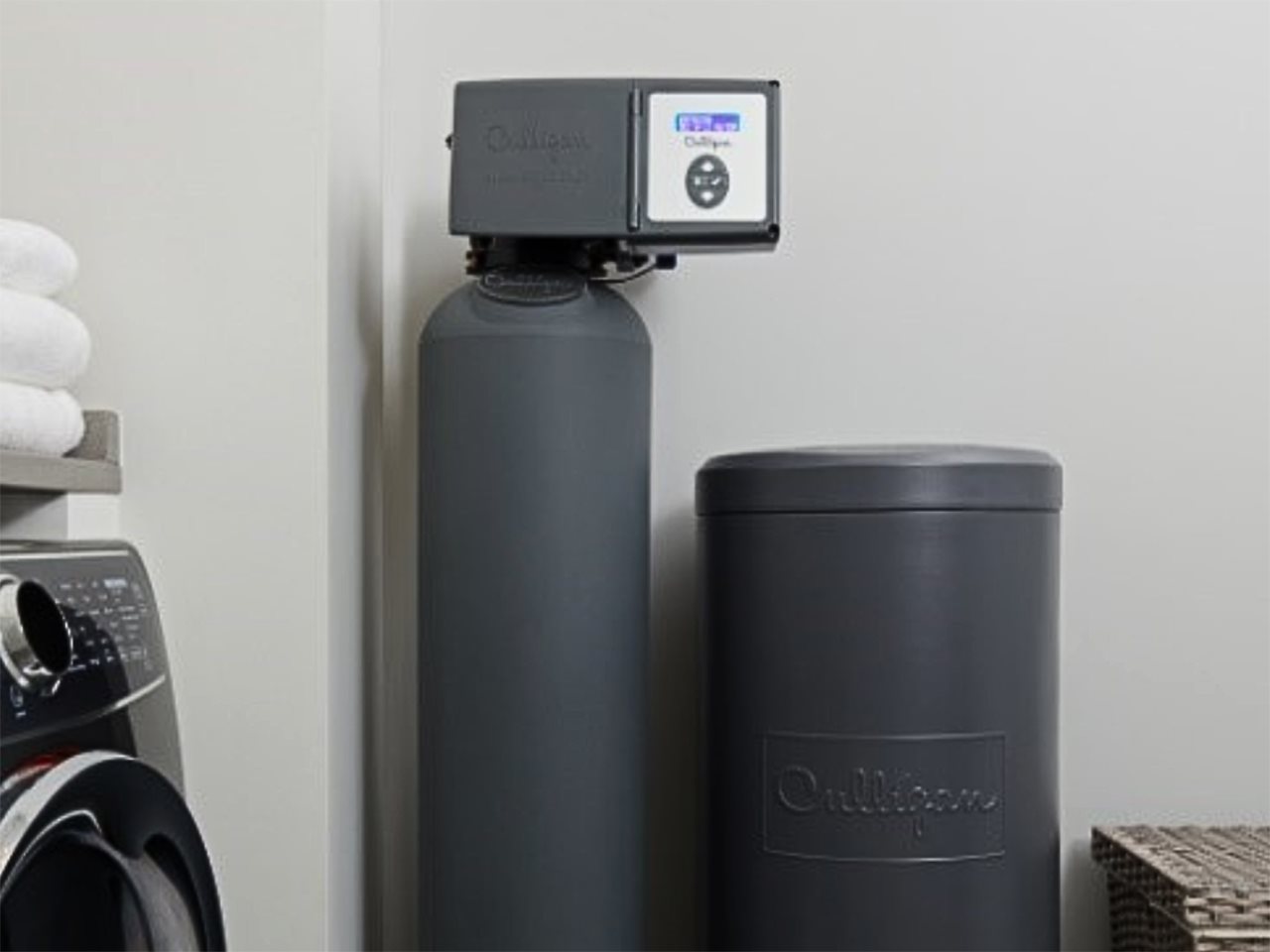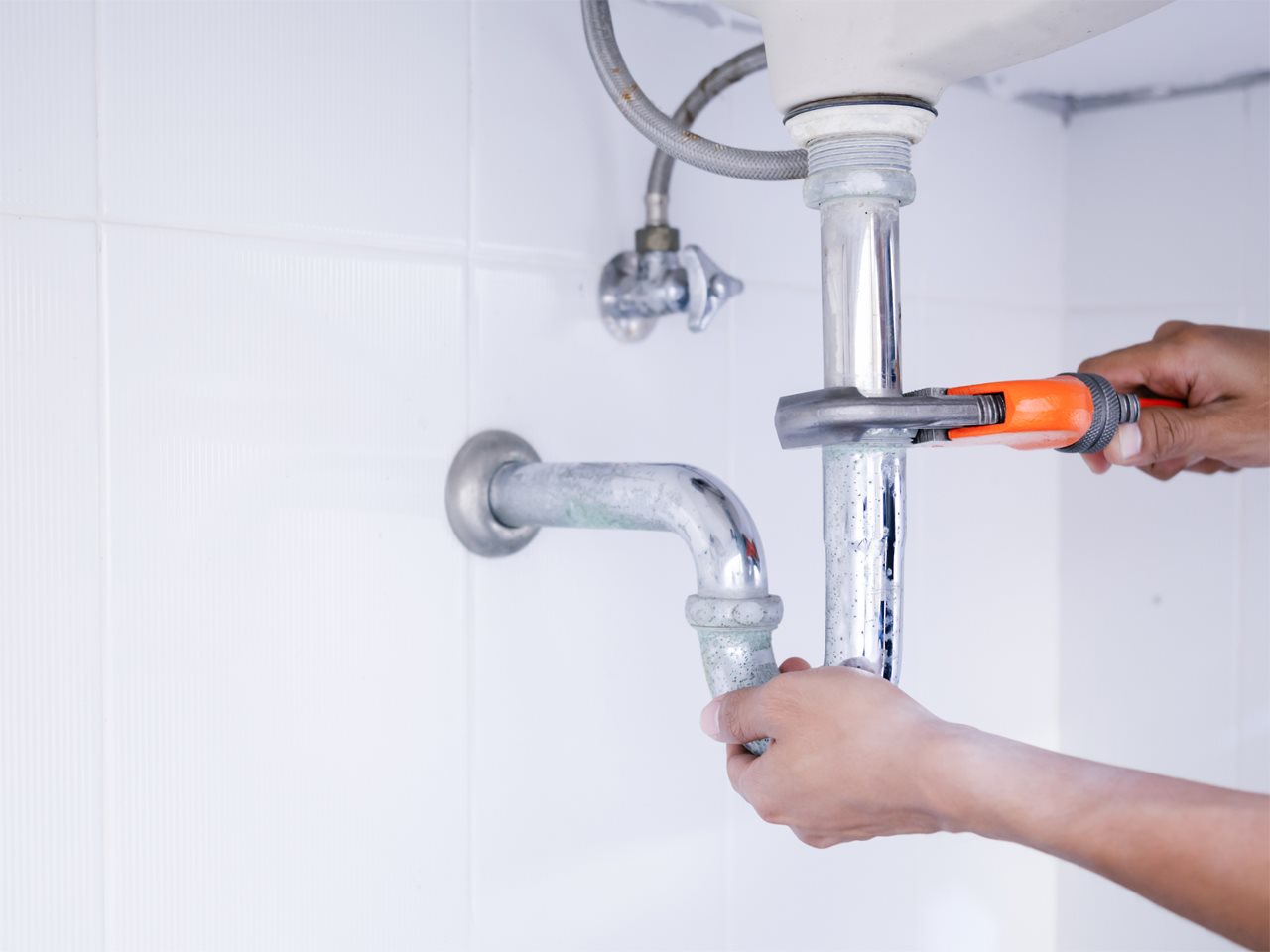2023-09-13T12:05:00
(BPT) – If you own an electric vehicle (EV) or are seriously considering buying one in the near future, you’re not alone. Thanks in part to the wider availability of vehicles and various tax credits, EV sales continue growing, jumping from around 2% to 8.5% of market share in the past two years.
For those hesitating about purchasing an EV, top reasons most people have for not buying one include concerns about where to charge their vehicle, and the range of a single charge. While it’s common to see gas stations everywhere — and filling your tank is relatively quick — being able to locate EV charging stations that supply a fast charge is crucial to make EV ownership convenient and practical for everyone. And with the demand for enough electricity to power these charging stations growing, it’s also vital for investments to be made in supporting the electrical grid to keep up with demand.
How one company is leading the way in EV charging
To help provide more fast charging stations nationwide, Electrify America, owners and operators of the largest open DC fast charging network in the U.S., is investing over $2 billion in Zero Emission Vehicle infrastructure (ZEV) and access to help millions of Americans discover the benefits of electric driving. The company currently operates in 46 states and the District of Columbia, supporting increased ZEV adoption with a comprehensive, technologically advanced and customer-friendly network.
In 2022 alone, Electrify America powered over 5 million customer charging sessions (3.5 times the sessions provided in 2021). These charging sessions delivered roughly 173 gigawatts of electricity, enabling an estimated 493 million miles of electric driving — avoiding the consumption of roughly 21 million gallons of gasoline.
Supporting the electric grid through renewable solar power
Beyond its work to keep supplying more fast charging stations for residential, commercial and public use, Electrify America entered into a financial agreement that underpinned construction of a one square mile (690 acres) solar facility in San Bernardino County, California: Electrify America Solar Glow 1.
This facility will be providing a new source of 100% renewable energy to help support the electric grid. The investment is expected to generate 75 megawatts at peak solar capacity, comparable to the power drawn by 500 EVs charging at once at an average speed of 150 kilowatts. However, the facility was designed not to directly provide energy to its charging stations, instead providing a new additional source of energy to the electrical grid that would not have been available otherwise. The facility houses over 200,000 solar panels, which will provide 225,000 megawatt hours annually — equal to the energy used by over 20,000 American homes.
The new solar facility is an important milestone to help reduce use of coal or gas energy producing facilities with 100% renewable energy.
“We’re committed to being a part of the broader charging solution for EV drivers today and in the future,” said Robert Barrosa, president and CEO, Electrify America. “This solar project is a significant accomplishment, reinforcing our commitment to back all energy delivered to customers on our coast-to-coast, public, ultra-fast DC charging network with 100% renewable energy.”
To learn more Electrify America’s sustainability efforts visit ElectrifyAmerica.com/Renewable-Energy.















